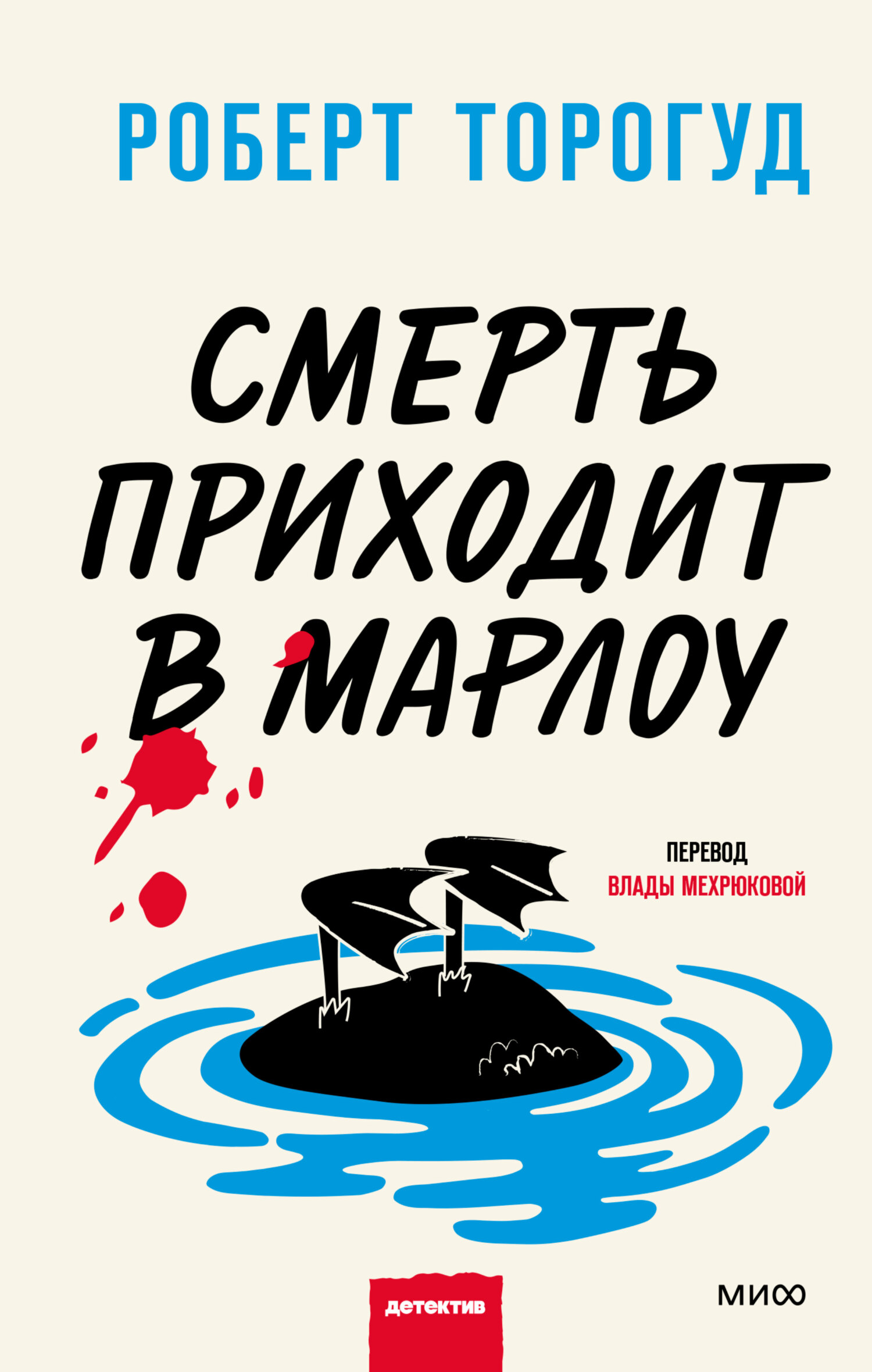Шрифт:
-
+
Закладка:
Сделать
Перейти на страницу:
Как жили женщины Средневековья — в городах, деревнях и высоких замках? Какими их хотели видеть мужчины и какими они были на самом деле? Историк Элеанор Янега рассказывает о выдающихся женщинах того времени и других, менее известных, чьи истории скрыты в документах и судебных делах. Фермерши, хозяйки пивоварен, ремесленницы и художницы — они изменили представление о женской природе, интеллекте и способностях. The Once and Future Sex: Going Medieval on Women's Roles in Society by Eleanor Janega пер. с англ. Елены Лалаян
Перейти на страницу:
Еще книги автора «Элеанор Янега»:





